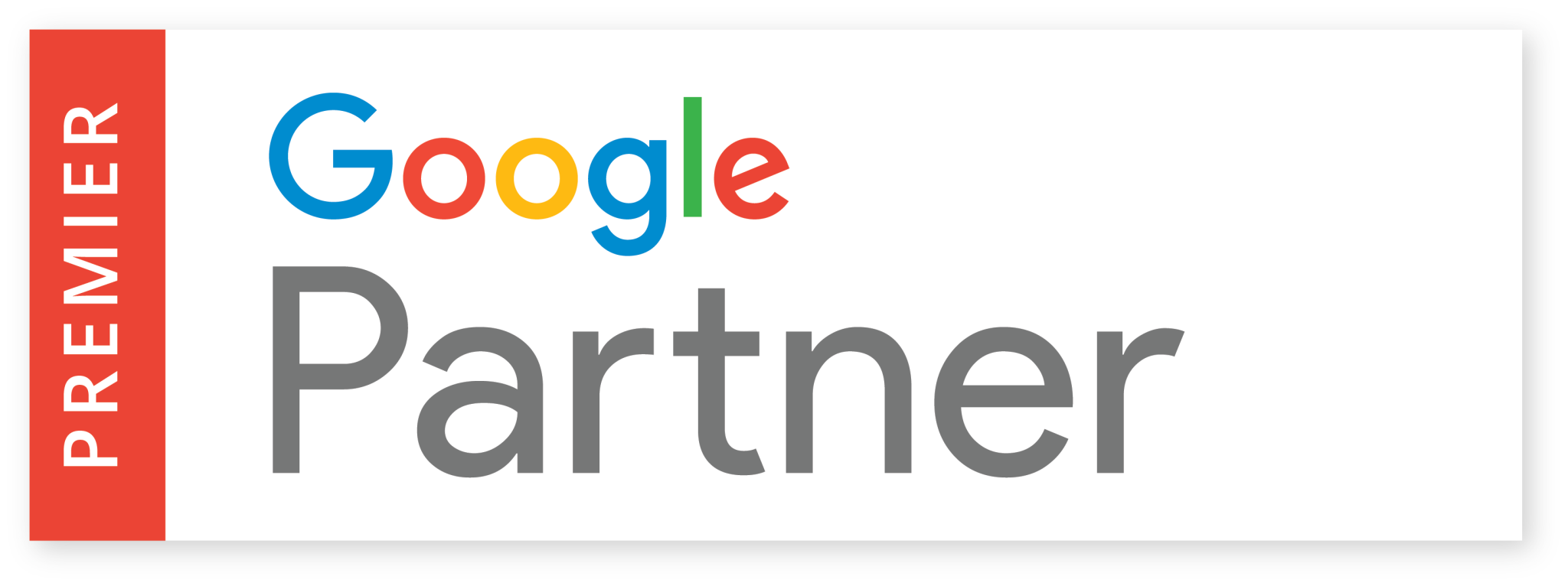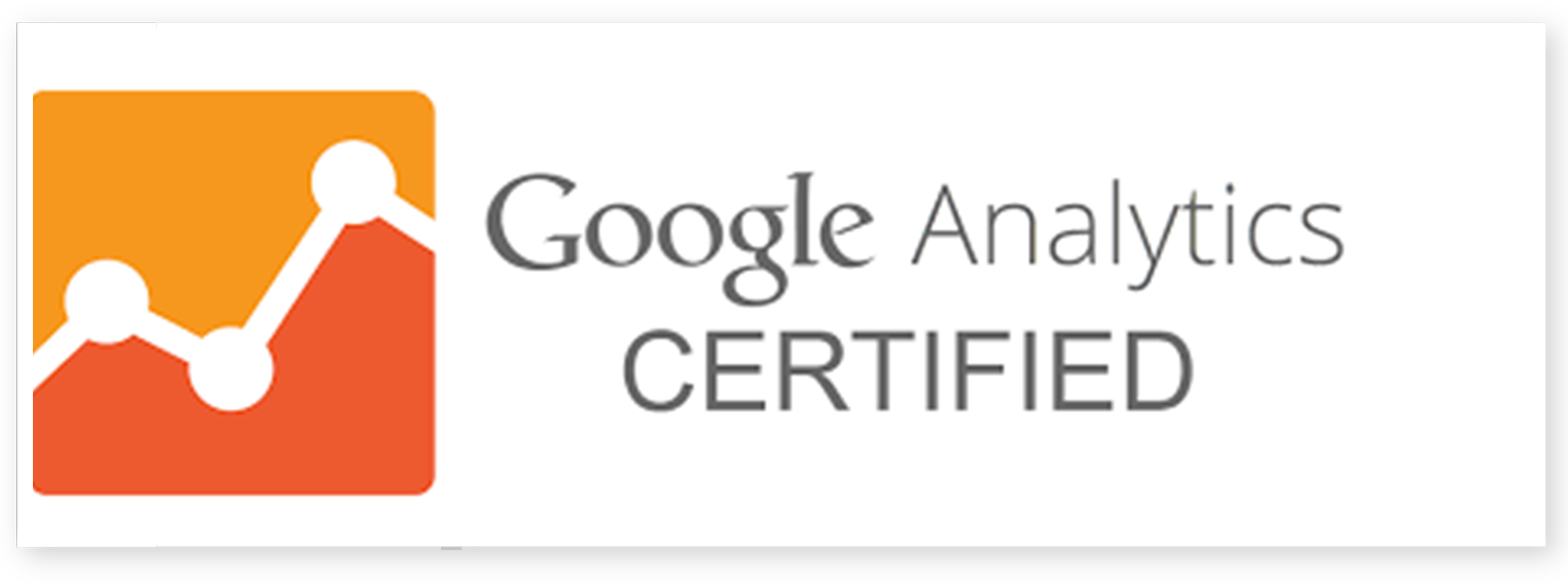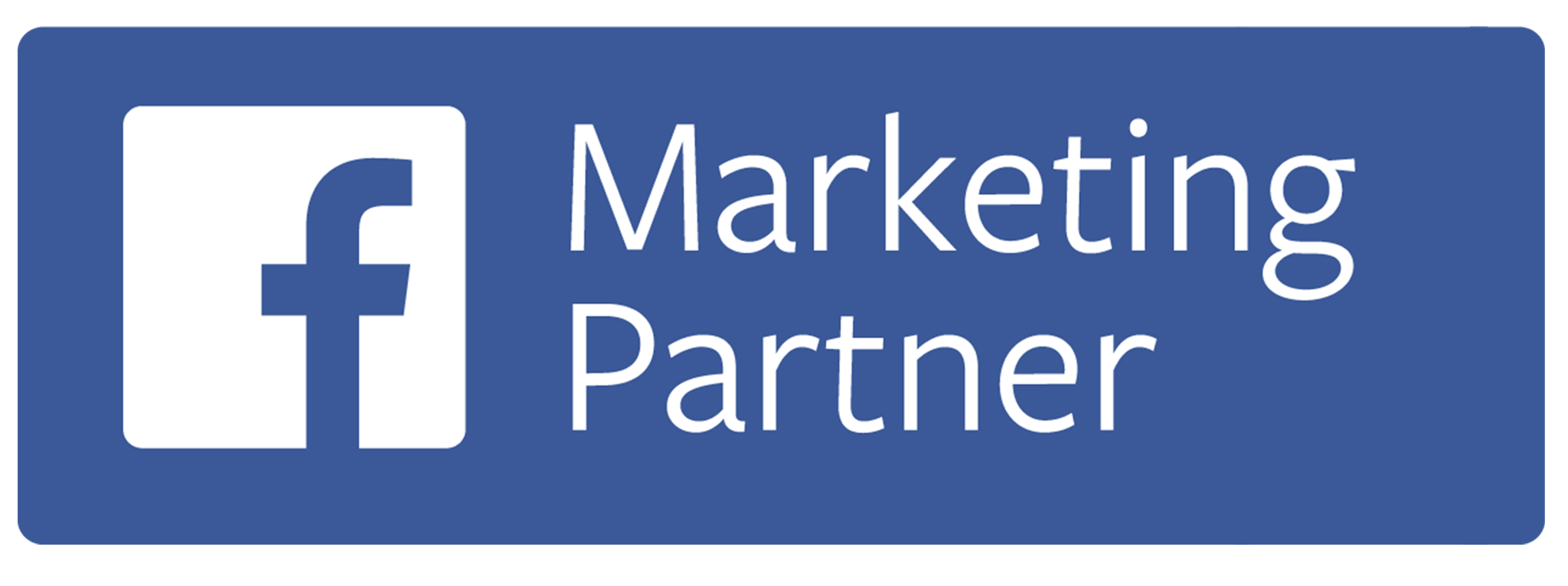At iAnalyst we are proud to offer web development, search engine optimization (SEO) & overall internet marketing for WordPress sites, along with marketing for all other platforms & code sets. Though WordPress has become the leading content system management (CMS) and rightfully so. WordPress is the perfect marketing tool to expose your company to a larger audience. Since its creation in 2003, WordPress has become one the most popular blogging websites. WordPress has since expanded to be used as a full content management system (CMS) operated by numerous developers with over 76 million sites. With a variety of features, WordPress has become the best platform used by web developers.
Usability
One of the main reasons why WordPress has become so popular is simply because it is easy to use. Adding images, posting blogs, and formatting text can be done quickly and efficiently with limited HTML software. WordPress can be accessed from any computer as long as it has internet access and a browser. The flexibility of WordPress allows the developer to constantly update information in an organized and timely manner. Since the technology is so simple and easy to learn, it will save you valuable time that can be spent elsewhere.
Personalization
Just because this CMS is simple and user-friendly doesn’t necessarily mean it will give you generic end result; in fact, the platform allows for in-depth customization. WordPress gives the user the opportunity to personalize designs to fit their brand. If you choose to, you can have one theme throughout the entire website, or you can have multiple layouts for different pages. This will give your website a unique look that will keep visitors engaged.
Mobile-Friendly Capability
With the overall spike use of mobile devices over the past few years, it is more important than ever for a website to be mobile friendly. Customers will constantly attempt to access your website through mobile devices, so it is crucial for your website to be mobile friendly; not to mention Google’s updates and penalizations for websites not yet optimized for mobile use. WordPress offers this accommodation by recognizing if a visitor is viewing the webpage from a computer or a mobile device to adjust the way the content is viewed. This provides an advantage over having to create a completely different website exclusively for mobile customers.
Complete Control
Another major advantage in using WordPress is that you will have complete control of your entire webpage. With this, you also have the ability to assign certain capabilities to different users for the website. For example, you can limit certain users to specific titles such as editor, author, contributor, and subscriber, which ensures that you will have the control of everything on your webpage. No one will have the ability to change information that you don’t approve of.
Plugins
A major factor that has made WordPress so popular over the years is the availability of plugins. There are thousands of plugins that have already been created to increase the efficiency of web pages. Plugins allow for greater interactions between the administrator and the users, while making the website easier to manage. Plugins can range from ensuring the security of the webpage to adding a FAQs page to the website. Whatever additional feature you need, there is likely a plugin available for it.
WordPress is the most reliable CSM used to create websites and with good reason. The flexibility of WordPress accounts for a wide range of skills in web developing, so whether you’re an experienced developer or a beginner, WordPress is the perfect CMS to use.





